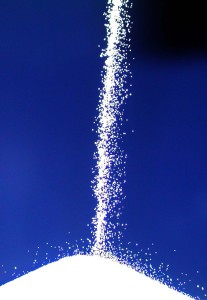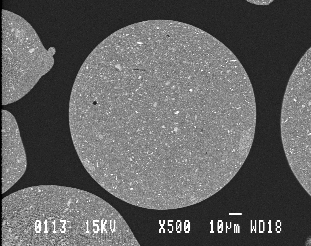Freeze Granulation of thermally sensitive nanoparticles
By using Freeze Granulation, spray freeze drying (SFD), you can produce dry-powder aggregates of thermally sensitive nanoparticles. Dry powder inhaler (DPI) delivery of therapeutic nanoparticles requires the nanoparticles to be transformed into inhalable micro-scale aggregate structures (i.e. nano-aggregates). With Freeze Granulation you will be able to optimize the aerosolization efficiency of the nano-aggregates, while keeping the morphology, production yield, flowability, and aqueous reconstitution in the desirable range.
Please contact us and we will further discuss the opportunities with Freeze Granulation in your powder system and read more on technology and a Granulation Test of your powder system.







